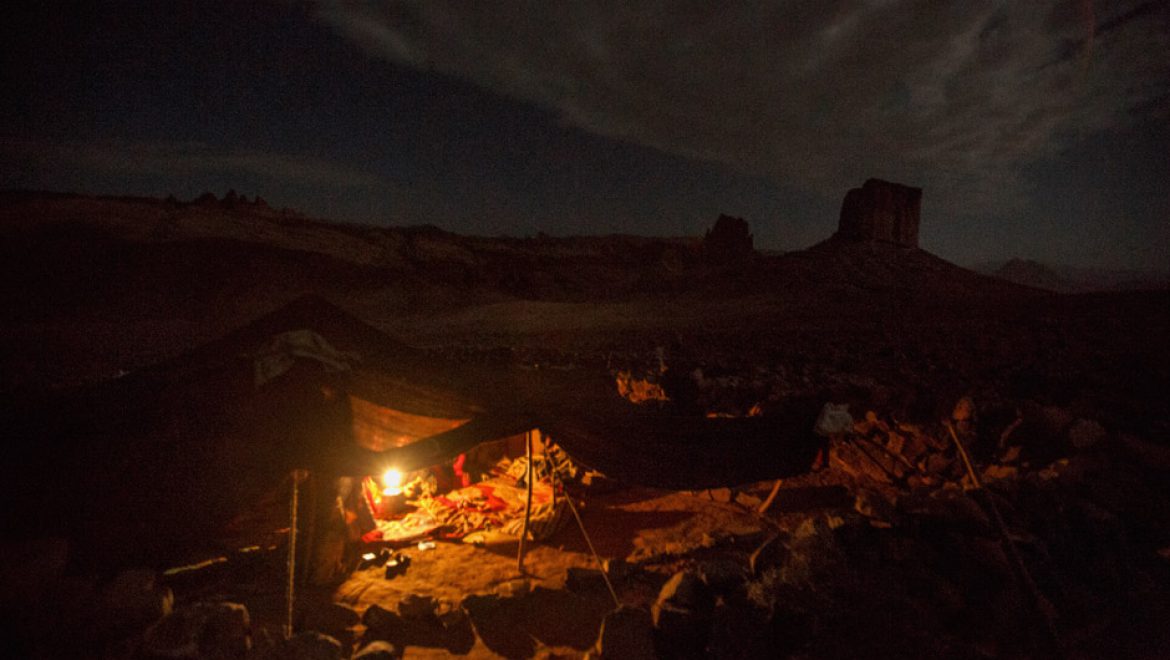
This enlightening article explores the age old connection between Jewish women and Shabbat candles, explaining references to the Matriarch, Sarah, lighting Shabbat candles in the Torah and Midrash. The article delves into the tradition that both Sarah and Rivkah's Shabbat candles miraculously remained lit from one week to the next. Relevant to anyone looking for historical and spiritual background to the ritual, this article is from FridayLight, part of the campaign of Chabad-Lubavitch movement to encourage Jewish women and girls all over the world to light Shabbat candles each week.
Sarah's Light: The Candles that Never Waned
The lighting of Shabbat Candles is perhaps the most visually powerful representation of a Jewish woman. How did this come to be? Did the Rabbis deem it so, or did it organically evolve from women themselves? Through allusions in the Torah, Midrash (Rabbinical commentary on biblical text) points out that the first Jewish woman, our Matriarch Sarah, lit the Shabbat candles.
***
Our Matriarchs were not simply our tribal ancestors but they embodied the substance and spirit of Jewish women. Midrash describes that Sarah’s candles stayed alight from Shabbat to Shabbat. Physically, this was an obvious miracle; spiritually, it represented a woman whose commitment towards her spiritual growth waxed but never waned.
Furthermore, we see that the first marriage in the Torah, between Yitzchak and Rivkah, was crucially dependent on her lighting the Shabbat candles. Perhaps this mantra also adds to the luminosity of the Shabbat flames; they are telling us, “Generations after generations of Jewish women were committed – and I am too!”:
“And Yitzchak brought her to the tent of his mother, Sarah.” [Bereishit 24:67]
As long as Sarah was alive, a candle burned from Friday to Friday. When she died, the [miracle with the] candle ceased and when Rivkah arrived, it returned.
The light which burned from Shabbat Eve to Shabbat Eve displays the quality of the Shabbat experienced by the Patriarchs and Matriarchs, and how they allowed its spiritual influence to pervade their week. The light symbolizes the holiness of Shabbat which entered their lives each Friday. Once Shabbat ended, this holiness stayed with them up until the following Shabbat. Once the new spiritual influx of the next Shabbat arrived, they were able to add it to the previous week’s spiritual growth. They continued in this manner, increasing their spiritual standing week by week.
***
“And Yitzchak went forth to pray in the field towards evening, and he lifted his eyes and saw, and behold, camels were approaching. And Rivkah lifted her eyes, and saw Yitzchak, and she let herself down from the camel…. And Yitzchak brought her to the tent of Sarah his mother, and he took Rivkah, and she became his wife.
[Bereishit 24: 63-67]
This narrative reveals a powerful truth. It had already been arranged for Yitzchak and Rivkah to marry, yet Yitzchak only took Rivkah as a wife once he brought her to his mother’s tent. Something occurred in Sarah’s tent that triggered Yitzchak’s decision to marry Rivkah. We know from the Midrash that Sarah’s candles miraculously stayed alight – and when Rivkah entered this tent and lit her own Shabbat candles, this same miracle occurred. Seeing Rivkah perpetuate Sarah’s legacy convinced Yitzchak that she was the perfect choice to be the next Matriarch of the Jewish people.

